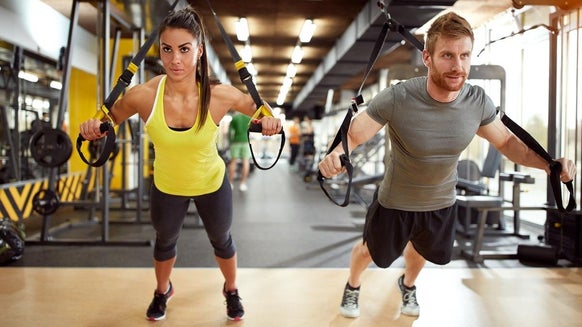What’s The Best Squat For Muscle Growth? | Barbell vs Smith Machine
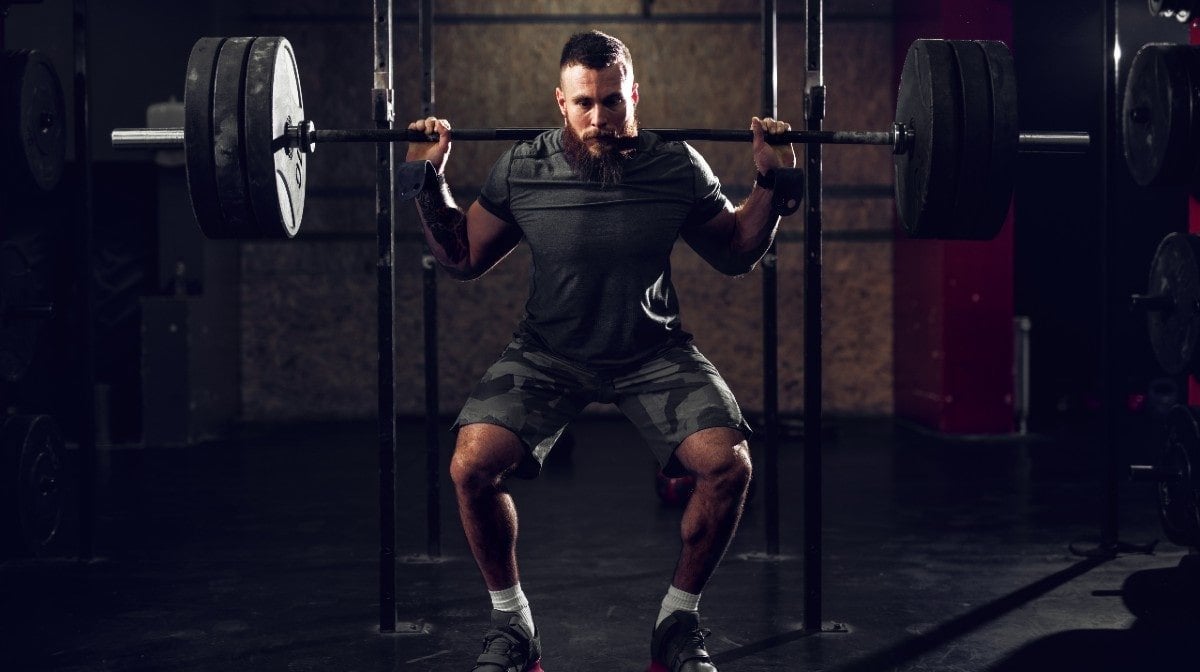
Squats are one of the most effective exercises for building muscle and strength in your lower body. They’re one of the three main compound movements alongside presses and deadlifts and can have benefits outside of the gym in everyday life. In this article, we’ll look at two of the best squat variations for building leg muscle: barbell squats and Smith machine squats.
Muscles involved
The squat is a compound lift that can be loaded high (ie during barbell back squat), and activates nearly all muscles in the body in some way. The main muscles used in the squat are the quads and glutes, as well as hamstrings to a lesser degree. Because the squat can be loaded safely, it's ideal for developing muscle mass in these three muscle groups.
When lowering the load into the bottom of the squat, both the hip and knee joints undergo flexion, meaning the quadriceps and glutes are used eccentrically, lengthening while contracting. Powerful hip and knee extension is required to return to the start position, so the movement is ideal for developing both muscle and athletic capability.
Barbell Squat
All free-weight movements require more than just the ability to shift weight. Substantial control is needed from stabilising muscles to ensure the load is managed safely.
Performing the barbell squat requires you to keep the weight over your centre of mass, engage your core and stabilising muscles, and utilise proper core bracing techniques. This means more muscle fibres are used than on the Smith machine, where less support is needed from surrounding muscles.
Barbell Squat Technique
- Grab the bar with your hands slightly wider than shoulder-width apart. Rest the bar on your upper back/shoulders, turning your traps into a kind of shelf for the bar (this also makes bar placement more comfortable).
- Place your feet shoulder width-apart and turn them slightly outwards (25-30 degrees).
- Un-rack the barbell and walk it out. This should be done in three steps: step back with your dominant leg, then follow with your other leg, and then make any adjustments to your stance once the bar has been walked out.
- Make sure your shoulder blades are retracted and your core is braced before initiating descent.
- Maintaining a neutral spine (ie constant back angle), descend by bending at knees and hips.
- Explode upwards from the bottom position. Make sure you maintain the bracing throughout — this helps to enforce strong and stable posture and increases power output.
- Repeat for the desired number of reps — reset your bracing at the top if required.
- Once finished, re-rack the barbell by stepping forwards into the rack (in the opposite way described for unracking).
Smith Machine Squats
The Smith machine relies less on smaller stabilising muscles for compound lifts because of its fixed bar path. That makes it ideal for when you are fatigued or injured, as less work is required to maintain good technique.
Another advantage of the Smith machine squat is you can place your foot stance further forward to target more of the glutes and hamstrings, making the lift less quads dominant.
You can also re-rack the weight at any point of the movement, saving you from becoming stuck underneath the weight or having to bail if the weight is too heavy. This makes it a slightly safer option for those who struggle with balance while doing barbell squats.
Smith Machine Squat Technique
- Place your feet about shoulder-width apart, or around 12 inches in front of your hips and the bar if your preference is to engage your hamstrings and glutes.
- Turn your feet slightly outwards (25-30 degrees).
- Grab the bar the same way as described in the barbell technique, using your traps as a shelf for the bar.
- Unrack the bar by lifting the load from the rack — the bar will need to be rotated slightly to unhook the locking mechanism.
- Descend slowly by breaking at the hips and knees simultaneously.
- Forcefully drive upwards from the bottom position.
- Continue for the desired amount of reps/sets, then rerack the weight by engaging the safety (rotate the bar in the opposite direction to how it was unracked).
Which Squat Variation Should I Use?
Both variations have various benefits and challenges, so our advice is to include both in your training, especially if gains is your goal. Like the conventional deadlift and the Romanian deadlift, these squat variations are very much their own independent lifts with their own unique application to training.

Barbell Squat
The barbell squat activates many muscle fibres as a lot of stability is needed to perform the movement correctly. This greater muscle activation means this variation is probably the better option if you are training for sports performance.
Smith Machine Squat
Smith machine squats require less support from smaller muscles and require less neuromuscular control. This makes it a safer option when you are far into your session, as fatigue poses less of a risk.
Both exercises are great options for developing your lower body muscles, balance, core stability, while also placing emphasis on specific muscle groups (in this case, glutes, quads and hamstrings).
Take Home Message
Both the barbell squat and Smith machine squat are useful squat variations for developing muscle and strength in the lower body. While the barbell squat activates more muscle fibres and relies on surrounding muscles for support, the Smith machine squat is better for targeting specific muscles, particularly hamstrings and glutes. You don’t need to include both in every leg day session, but each should have a place in your training programme.
READ MORE HERE:
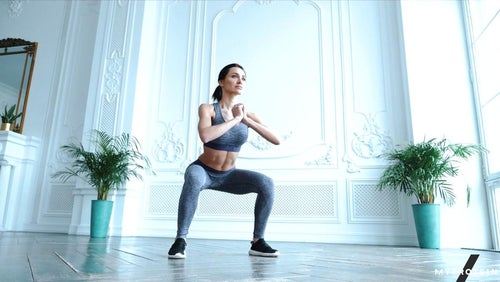
How To Do A Bodyweight Squat | Benefits & Technique
Master this essential movement.
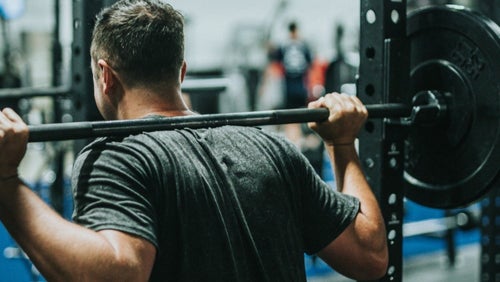
How To Squat Correctly | Your Guide To Barbell Squats
Master this essential exercise.
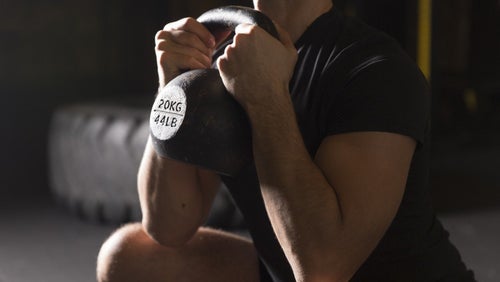
How to do the Goblet Squat | Technique, Form and Common Mistakes
Activate your glutes and quads with this squat variation.









